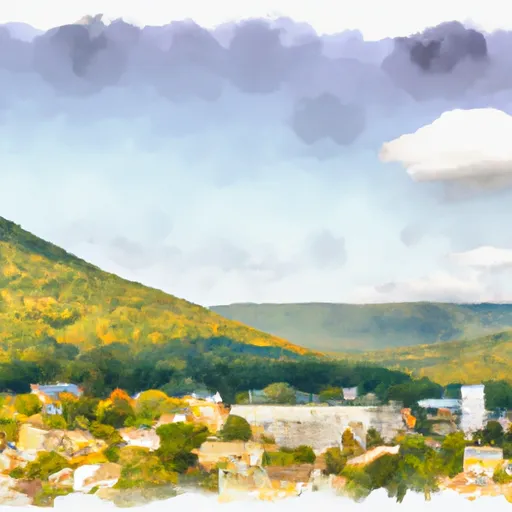°F
°F
mph
Windspeed
%
Humidity











Rocky Gap is a small town located in southwestern Virginia, known for its beautiful natural surroundings and outdoor recreation opportunities. The climate in Rocky Gap is classified as humid subtropical, characterized by hot and humid summers, and mild to cool winters. The area experiences a moderate amount of precipitation throughout the year.
One of the highlights of Rocky Gap is its hydrology constituents, particularly the scenic Lake Shawnee. This picturesque lake offers opportunities for fishing, boating, and swimming. The nearby New River, one of the oldest rivers in North America, adds to the town's natural beauty and provides additional recreational activities such as kayaking, canoeing, and river tubing.
Outdoor enthusiasts will find plenty of opportunities for exploration and adventure in Rocky Gap. The town is surrounded by lush forests, rolling hills, and mountains, making it a perfect destination for hiking, camping, and wildlife watching. The nearby Appalachian Trail offers breathtaking views and challenging hikes for those seeking a more rugged experience.
In conclusion, Rocky Gap, Virginia boasts a pleasant climate, beautiful hydrology constituents, and a wide range of outdoor recreation opportunities. Whether you're an avid hiker, angler, or simply a nature lover, Rocky Gap is a destination worth exploring.
Weather Forecast
Rocky-Gap receives approximately 1014mm of rain per year, with humidity levels near 82% and air temperatures averaging around 11°C. Rocky-Gap has a plant hardyness factor of 6, meaning plants and agriculture in this region thrive during a short period during spring and early summer. Most plants will die off during the colder winter months.
Regional Streamflow Levels
199
Cubic Feet Per Second
165
Cubic Feet Per Second
1,380
Cubic Feet Per Second
1,560
Cubic Feet Per Second
Nearby Camping
| Camping Area | Reservations | Toilets | Showers |
|---|---|---|---|
| Stony Fork | |||
| Rural Retreat Lake | |||
| Babcock State Park | |||
| Battle Run | |||
| Comers Rock | |||
| Doughton Park - Blue Ridge Parkway |



